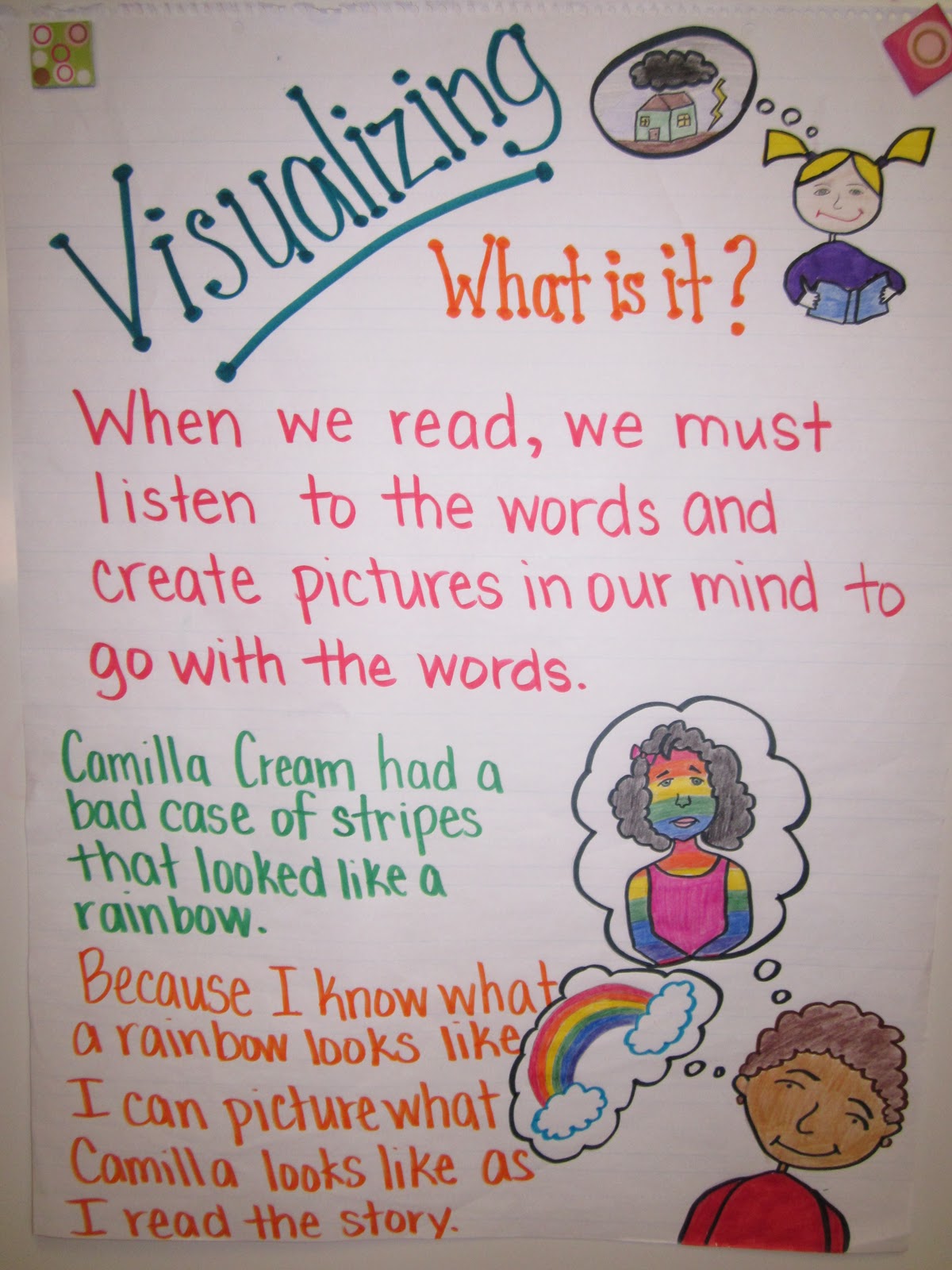Reading on a regular basis is crucial to a child's success at school. Daily reading allows a student to naturally develop fluency and accuracy. Fluent readers use a steady pace and can read the majority of the words. Reading becomes faster, smoother, and more expressive. In many cases, understanding of the text is also increased.
Fluency can either be taught directly, like many of the approaches used at school, or indirectly. The indirect method involves encouraging children to read on their own time, voluntarily.
How do we get voluntary readers? Here are some helpful tips:
1. Make reading a habit in your home. Read regularly as a family. Let your child see you reading the paper, a book or a magazine and encourage them to get involved.
2. Speaking of magazines, many children's magazines are highly motivating and interesting.
3. Technology is often appealing to children. Consider using a program such as Raz-kids or find an appropriate online reading site.
4. Create a comfortable place in your home where reading takes place. Let your child help you identify where. Make sure it is well lit and allows for no interruptions.
5. Visit the town library and have your child share his/her interests with the librarian. Prior to the visit, you can ask your child's teacher what his/her independent reading level is and then share that information so the librarian can guide your child in the right direction.
6. Involve your child in everyday reading. Have him/her read recipes, simple directions, and lists. Create notebooks where memories are recorded and then read. Reading of signs, common logos and menus helps students understand the importance of reading.
7. Find a series that your child likes. Often times, one series can jump start a love for reading. Expose your child to many forms of media including appropriate comic books. Any genre can be the bridge to reading.
If you have any tips to share, please post within the comments section! We would love to hear from you!

